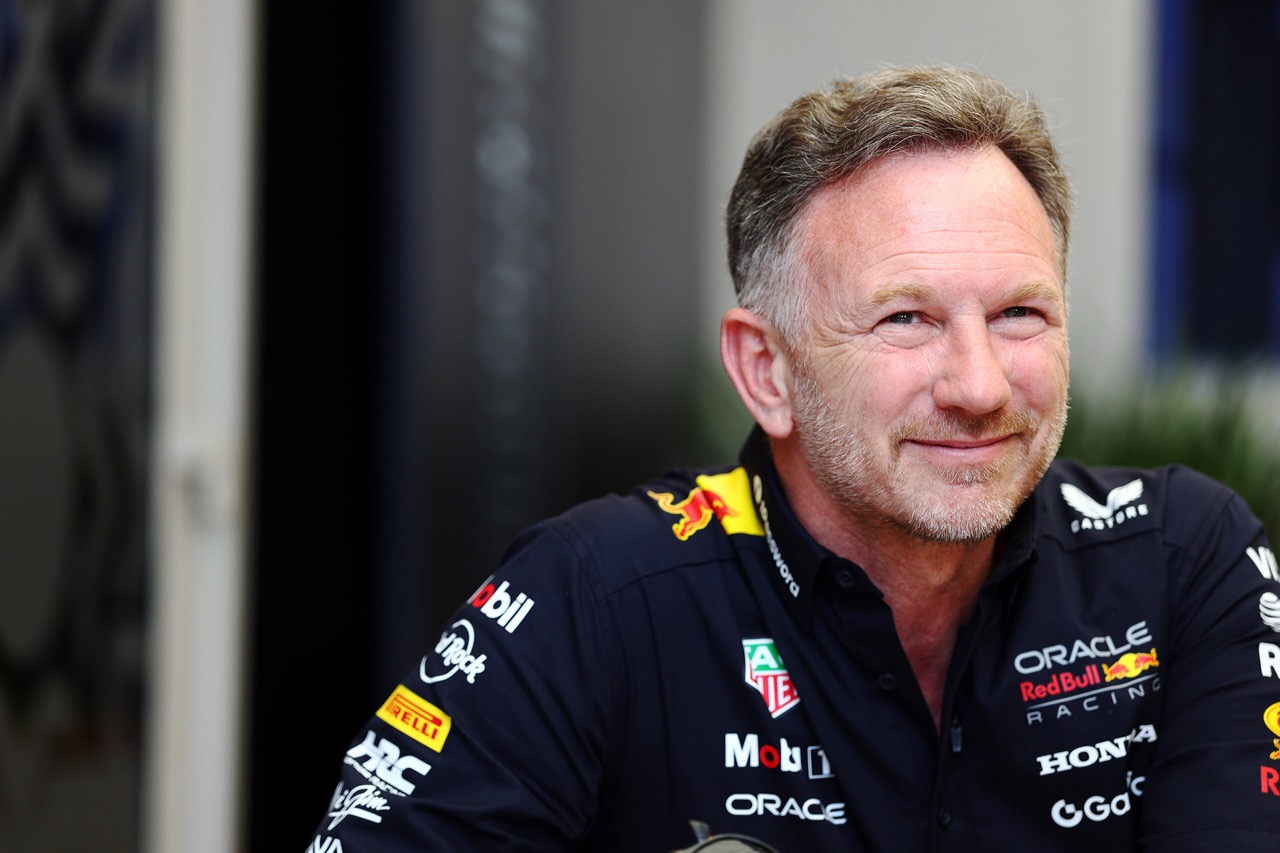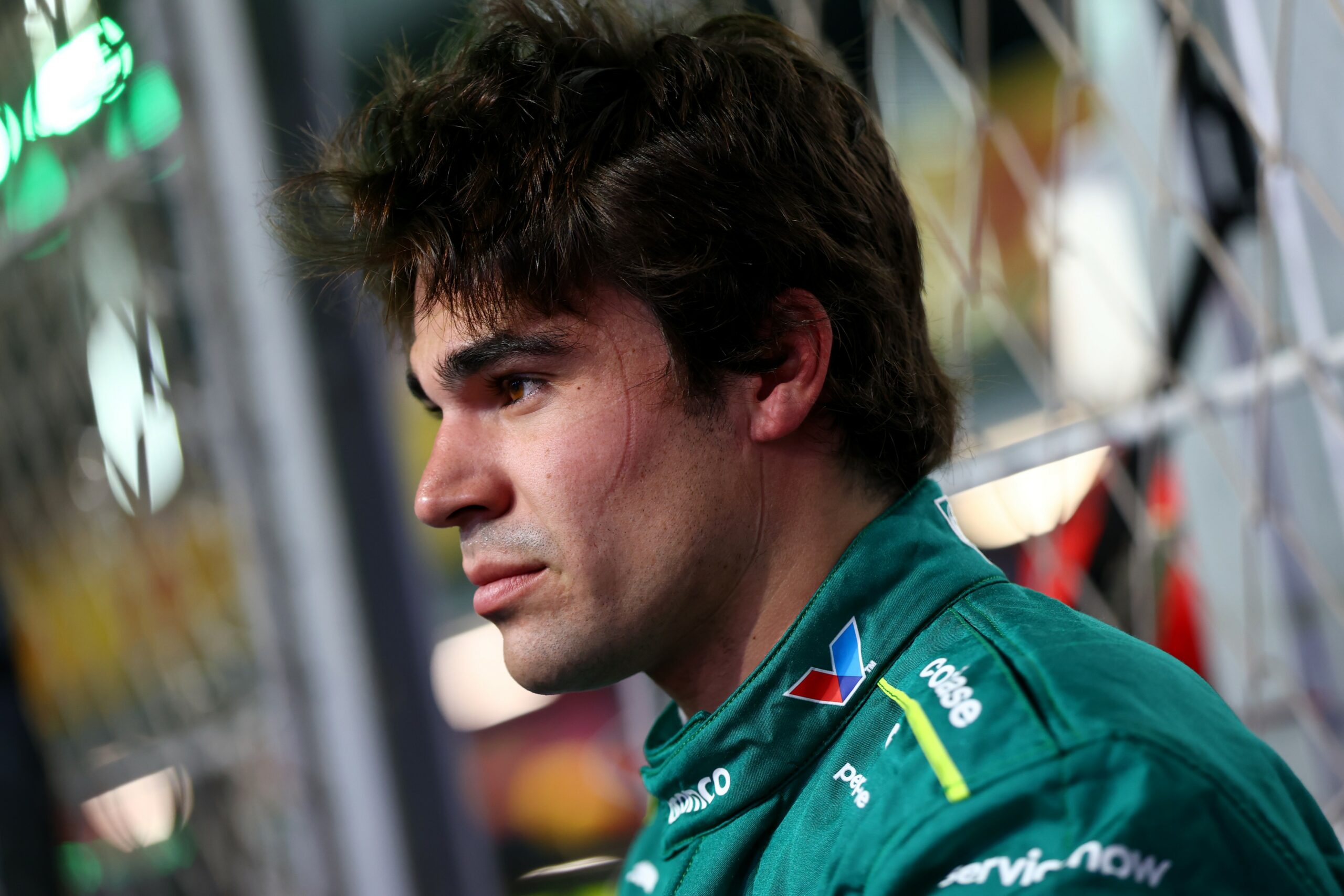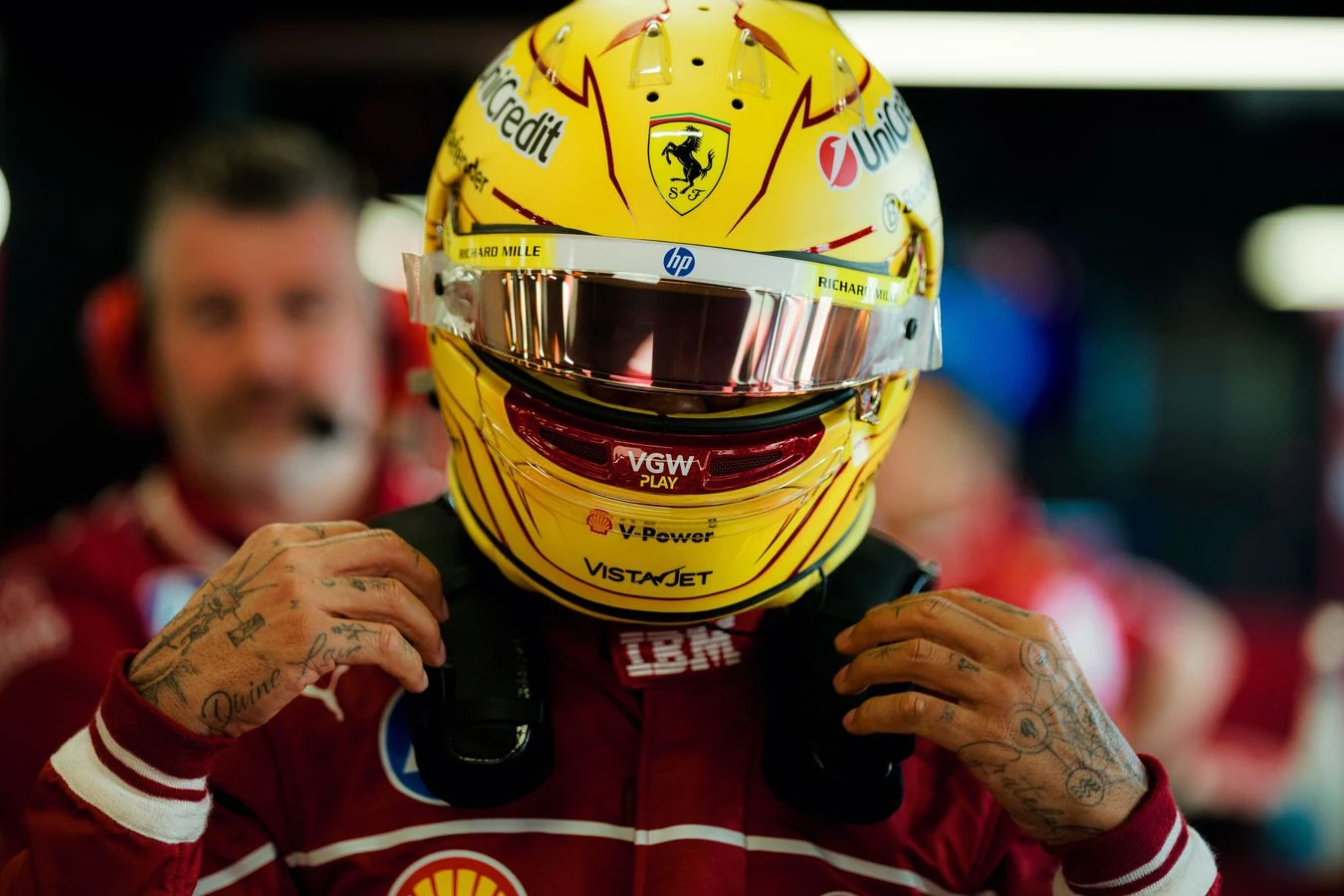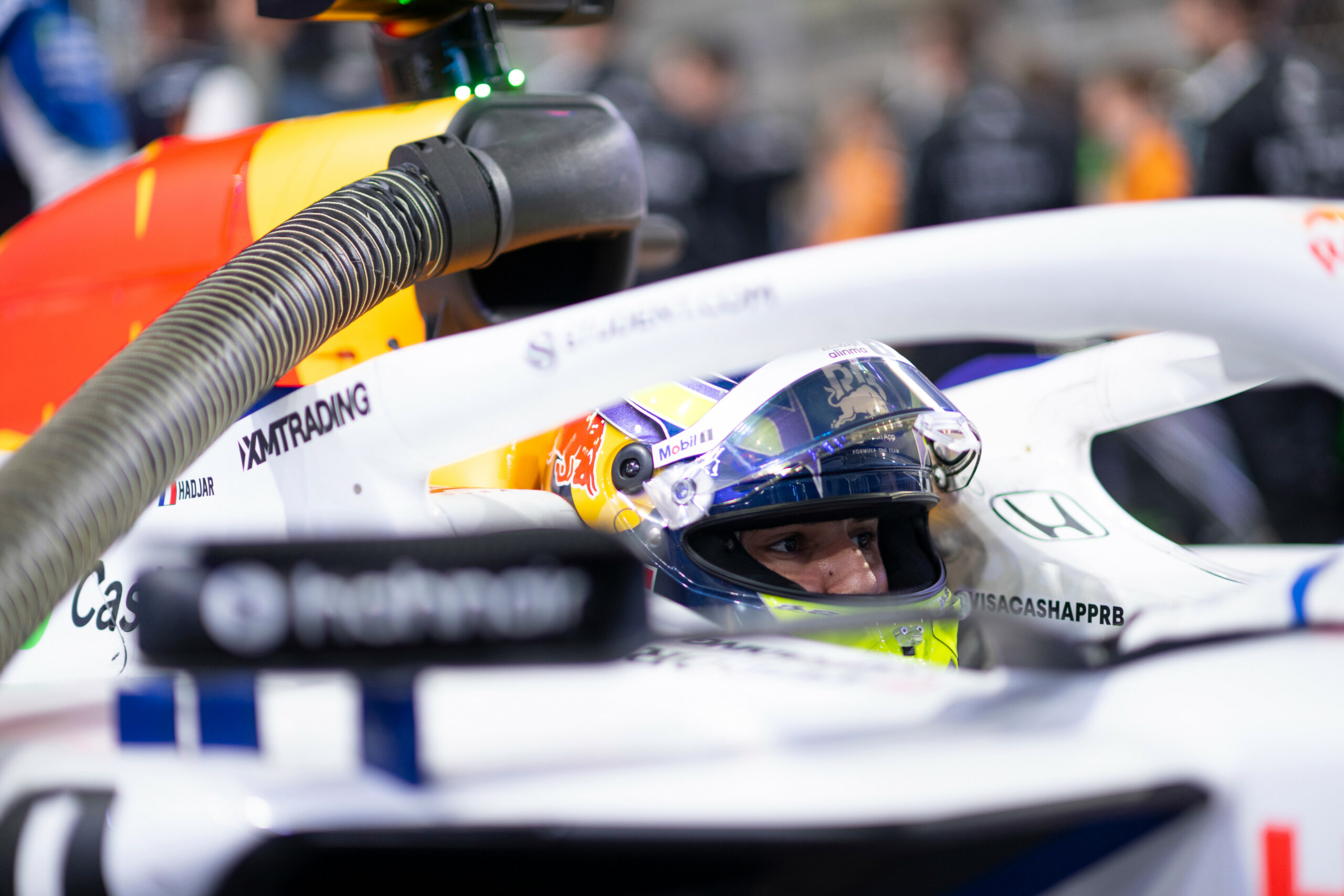The 2023 Australian Grand Prix is definitely set to end up in the books of Formula 1 history. Action and entertainment were not lacking from the lights out to the chequered flag at the end of the 58 laps.
The race was in fact interrupted by three red flags with Alex Albon causing the first one as he crashed at Turn 6. Initially the Safety Car was released but then the stewards decided to stop the race in order to clear gravel and debris from the racing surface.
The second stoppage came when Kevin Magnussen broke his right-rear wheel on the barrier exiting Turn 2 with three laps to go.
Then a final red flag was brought out right after the penultimate lap restart, which left Gasly and Ocon in the wall at Turn 2, after a collision between the pair, and Logan Sargeant and Nyck de Vries in the gravel at Turn 1.
Race director Niels Wittich’s choices have caused a lot of discussion and regarding them, the team principals have expressed their views on the matter.
Starting with Red Bull, team principal Christian Horner believes that the Australian GP red flag after Magnussen was “the right thing to do”.
Despite Verstappen having a good gap from Hamilton running P2, with the restart there was certainly the risk of losing the lead. But things turned out quite well for the Dutchman as he got to the first corner in front and another red flag was called, freezing the final race result order at that stage.
“It was always going to be hugely frustrating when you get a red flag and a restart with three laps to go,” said Horner at this post-race media session.
“When you’re the leader, you can only lose from that point. You can understand the rationale between wanting to finish under racing conditions rather than cruising behind the safety car for three laps.
“They might have been able to clear the circuit and get it going, I don’t know. Like all these things, there’s always something to learn.”

Photo credit: Red Bull Content Pool
Horner also adds that he is favorable to the idea of using late red flags to ensure a finish under racing conditions.
“It’s something that has been discussed,” he said. “I think there’s always been a preference to finish under racing conditions, so if by stopping the race enabled them to tidy up the circuit, so rather than cruise out the remaining laps under a safety car, it’s the right thing to do.
“The problem is, when you’re the lead car and you’ve been controlling a 10s lead all afternoon suddenly it’s a massive variable that becomes a bit of a lottery.”
After the last red flag, the decision of the race direction to resume the race and finish it under SC created some perplexity on the starting order, especially for the position of Sergio Perez.
“As it unfolded, it was a case of did they cross the safety car line, it was another Silverstone [2022], basically,” said Horner.
“We had tremendous support from the operations room as well, they have all the data in a calm environment, so basically they crunch the numbers and obviously Jonathan [Wheatley] working with his team as well. It was clear the race wasn’t going to restart.”
Alpine boss Otmar Szafnauer is on the same page as Horner, expressing himself in favor of the decision of the red flag after Magnussen’s accident.

Photo Credit: BWT Alpine F1 Team
“I don’t know all the circumstances as to whether that should have been a red flag or not,” said Szafnauer.
“But having talked to the sporting director he believes that there was metal debris on the track, and therefore you have to get it off.
“If a wheel breaks up and you have magnesium shards all over the track, you’ve got to get that off. If it’s rubber, that’s a different thing. Even then, you don’t want a piece of rubber flying up and hitting somebody at speed.”
Before the final one-lap run to the flag, both Alpine drivers Pierre Gasly and Esteban Ocon would have been in the points. Even though being convinced that the stewards had made the right choice by declaring the result after the final one-lap run, the Alpine boss doesn’t hide that the team had asked them to do the contrary.
“We definitely pushed because I don’t know where we were at safety car line two, we would have been up there,” he said.
“Safety car line two was before turn one. So Pierre probably would have been in fourth or something. For sure we asked them to do that. But I think they made the right decision. Those are the rules. So you’ve got to follow the rules.”
On the Mercedes side, Team Principal Toto Wolff calls for greater clarity on red flag calls.

Photo Credit: Mercedes-AMG Petronas F1 Team
George Russell race was in fact compromised by the late call of the stoppage after Albon’s crash, as initially was deployed the Safety Car.
The British driver, who was leading the race, pitted: a move which would have left him with a strong tactical advantage but it turned into an obstacle.
The red flag has in fact left him in seventh place, while the drivers ahead were able to freely change tyres under the stoppage. Russell ultimately retired from the race, his Mercedes blowing up on Lap 17.
“I think the strategy call with George was absolutely the right one, splitting the cars. And I think he [Russell] would have had a real go at being very much at the front, so that’s a shame,” commented Wolff.
“Both red flags we didn’t see coming, I think restarts are great and [have] got great entertainment factor, and we just we just need to understand going forward when a red flag is being put out, and what is a Safety Car or VSC [Virtual Safety Car].
“I think those incidents you could have applied either.
“I think that why Formula 1 is so successful is because it’s sport and follows a rulebook, but that gives great entertainment. As long as it’s clear, you know how this has been interpreted, I’m fine.
“But like I said before, you know whether you whether you call a VSC, or Safety Car or you red flag it, as long as we understand in terms of us be able to plan a little bit or having the same rules for everyone, then that’s okay.”




